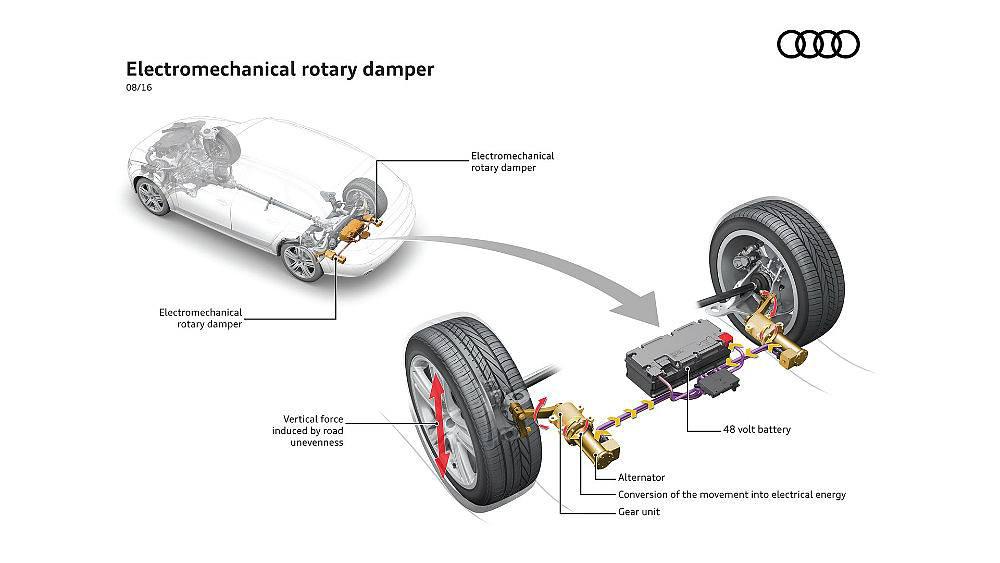5 low-cost fuel economy solutions
At the time of writing, the national price of a gallon of regular grade fuel is about $2.00 per gallon, which is about 40 cents lower than a year ago. Americans are frantically snapping up trucks and SUVs, while sales of hybrid vehicles are sluggish. With so low gasoline prices, who cares about fuel economy?
Well, we still do.
Whether you’re driving an SUV rated at 15 MPG, or a subcompact which can reach 45 MPG, we’d all still like to save a buck on gas.
We are very familiar with articles that stress better driving habits, and suggest implementing those on any commute. Instead, our focus here is on low-or no-cost improvements to your vehicle to eke out an extra mile-per-gallon.
Of course, any vehicle should be maintained, with tune ups and oil changes at prescribed intervals. Each of our five recommended practices below will make an incremental improvement; combined, these have the potential to save you 3-4 mpg, which can add up to hundreds of dollars a year.
1. Maintain Tire Pressures
2. Yearly Alignments
3. Remove Excess Weight
4. Windows Up & A/C On
5. Brake Service
1. Maintain Tire Pressures
Tires low on air don’t roll easily, requiring more engine power (and more fuel) to make them rotate. Tire pressure is one of the easiest checks to perform. Buy an inexpensive pressure gauge, keep it in your glove box, and make a habit of checking the tires at every fill-up (every other fill-up is still more often than most do).
What pressure should you use? Be strict about using the numbers on the vehicle’s tire pressure label, usually found in the driver’s door jamb. Most vehicles have the same pressure rating for all 4 tires, but pay attention if your label requires different front and rear pressures.
AVERAGE COST: $9.95 for the gauge, zero to check and add air.
2. Yearly Alignments
Don’t believe the urban myth that potholes knock your front end out of alignment (although they will dent wheels and oil pans). Front ends go out of alignment over time, as various suspension components wear. The effect is gradual and hardly noticeable. Poor alignment makes your engine work harder to push against tires that scrub instead of roll.
While a new car shouldn’t need an alignment for several years, older vehicles would benefit from a professional alignment done every year or so. As the miles add up, certain wear items may need replacing, but getting this work done will also benefit your driving safety and comfort.
AVERAGE COST: $89.95 (annually)
3. Remove Excess Weight
Do you go to the garden center, buy several bags of topsoil, then forget to unload your car for a week? Perhaps you have a trunk full of tools, sports equipment, or project supplies which don’t need to be there? Think about this: automotive engineers sweat the details to remove ounces of weight to improve a vehicle’s EPA mileage rating.
Imagine what happens if you remove several pounds too? Make it a habit to only carry what needs to be in the car.
AVERAGE COST: Zero
4. Windows Up & A/C On
This tip may run counter to what you were taught: “avoid using the A/C unless necessary, because it uses gas!” While this was true 25 years ago, modern electronics have overridden this concern. Computer controls run the A/C only when needed while still keeping you cool. Automotive aerodynamics have improved so much that driving with the windows down actually creates drag.
The net effect is that a vehicle gets better mileage if the windows stay up, and the A/C’s effect on fuel economy is nil.
AVERAGE COST: Zero
5. Brake Service
All of today’s vehicles use front disc brakes; most have rear discs too. One advantage is that they’re self-adjusting. But this can also lead to brakes that start to drag as pads, pins, and pistons collect dirt and corrosion on them. A sticking brake, hardly felt by the driver, fights the engine, burning fuel.
Be sure to have the vehicle’s brakes checked regularly. Most vehicles benefit from a brake service which cleans and lubes moving parts, even if pads and rotors still have life left in them.
AVERAGE COST: $99.95
By incorporating these easy, cost effective tips, you will be on your way to saving money at the pump in no time. If you have any fuel economy tips, let us know as well.
*Richard Reina is a product trainer and lifelong car enthusiast at CARiD.com.
-
Latest
 Audi eROT suspension prototype converts wasted energy into electricity
Audi eROT suspension prototype converts wasted energy into electricityI cringe when I hit potholes or lumps-it’s worse when I don’t see them until the last minute. This frustration is an opportunity for Audi to launch a new suspension prototype called eROT. This technol...
-
Next
 Owning an electric car: what you need to know
Owning an electric car: what you need to knowAfter years of hesitation, car buyers have turned their minds into more acceptance of electric vehicles. A recent study by AAA found that one in five Americans will choose an electric car the next tim...
Popular Articles
- The Canadian government invests in the first Canadian-made electric car
- Stellantis strengthens electrification
- 2022 Ford Maverick debuts
- The Canadian government requires 100% of Canadian car and bus sales to achieve zero emissions by 2035
- Extend electric car rebates to businesses and non-profit organizations BC
- New general manager of ADESA offices in the U.S. and Canada
